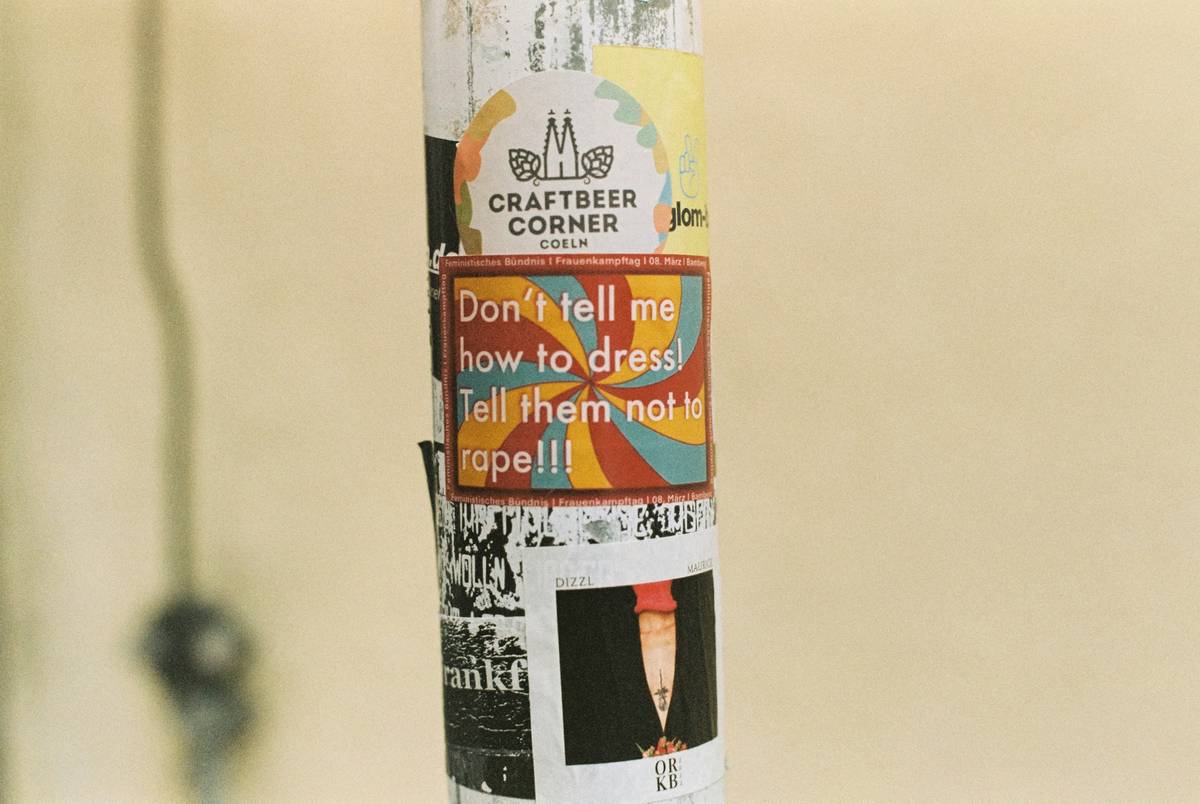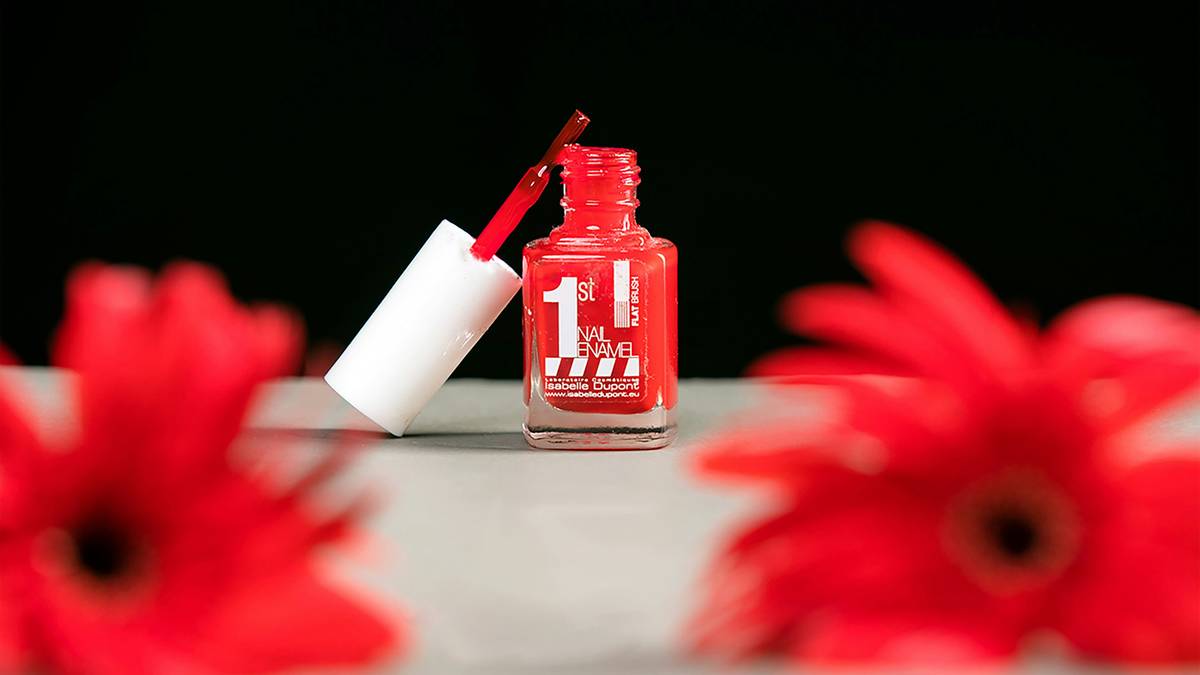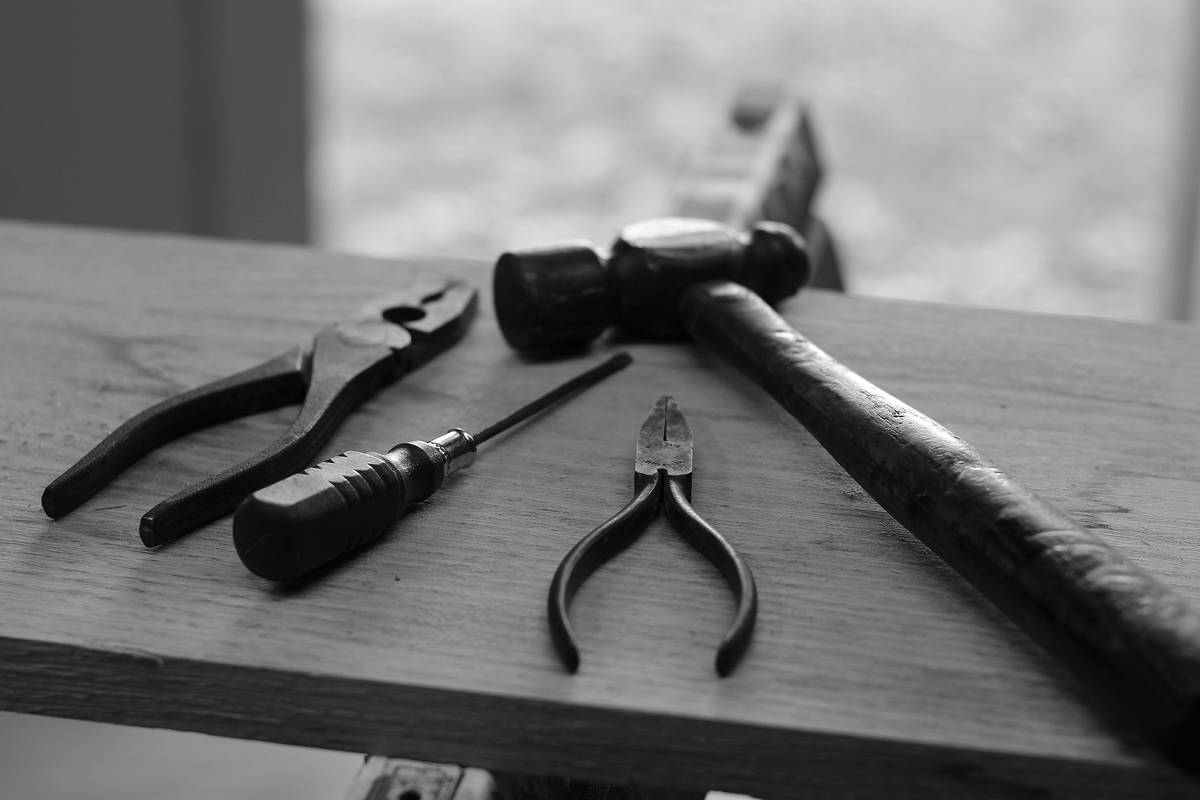Ever stared at your half-finished nail art masterpiece, wondering why those lines are crooked or messy? We’ve all been there. It’s frustrating when you spend hours perfecting tiny designs only to end up with smudges and uneven edges. Enter nail design tape—a secret weapon for crisp lines, geometric patterns, and flawless finishes. Ready to take your nail art game from amateur to artist-level?
Table of Contents
- Introduction
- Why Choose Nail Design Tape?
- Step-by-Step Guide to Mastering Nail Design Tape
- Tips & Best Practices
- Examples & Inspiration
- FAQs About Nail Design Tape
- Conclusion
Key Takeaways
- Nail design tape simplifies intricate nail art designs.
- Proper application ensures clean, professional-looking results.
- Versatile tool for creating stripes, gradients, and negative space art.
Why Choose Nail Design Tape?
“Optimist You:” “I’m going to create Instagram-worthy nails without any tools!”
“Grumpy You:” “Yeah, right—that sounds like me trying to bake without an oven.”
If you’ve ever tried freehand nail art, you know how tricky it can get. One shaky hand movement, and your zigzag turns into a squiggle. That’s where nail design tape comes in as a lifesaver. This microneedle-thin adhesive strip lets you effortlessly block off sections of your nails, ensuring precision and symmetry every time.

I once spent two hours attempting French tips by hand—only to cry over the jagged white polish bleeding everywhere. Lesson learned: tools matter!
Step-by-Step Guide to Mastering Nail Design Tape
Step 1: Prep Your Nails
Before you even think about grabbing that nail design tape, make sure your canvas is ready. Start with a base coat, followed by a neutral polish color. Let it dry completely. Wet nails + tape = disaster waiting to happen.
Step 2: Plan Your Design
Ask yourself: what vibe am I going for? Striped elegance? Gradient ombré? Negative space chic? Sketch it out mentally or physically, so you have a plan.
Step 3: Apply the Tape
Cut small pieces of nail design tape and place them strategically on your nail based on your design concept. Press gently to avoid air bubbles but don’t press too hard—it might peel off existing layers.
Step 4: Paint & Remove
Paint your desired sections over the exposed areas not covered by tape. Once done, quickly yet carefully peel back the tape while the polish is still wet. Voilà—perfect lines!
Tips & Best Practices
- Invest in Quality: Cheap tapes often lose stickiness mid-process, ruining your work.
- Use Tweezers: They help position the tape more accurately than fingers ever could.
- Keep It Short: Don’t overload one nail with too many strips; simplicity rules!
- Warning: Never reuse nail design tape—this “terrible tip” leads to uneven edges.
Examples & Inspiration
Look no further for inspiration! Check out these popular uses of nail design tape:
- Diagonal Stripes: Use diagonal placements for edgy vibes.
- French Manicure Reinvented: Create thin vertical lines instead of traditional curved tips.
- Checkerboard Designs: Alternate taped squares in bold colors.

FAQs About Nail Design Tape
Is nail design tape beginner-friendly?
Absolutely! Its simplicity makes it perfect for beginners who want professional-looking results.
Can I use clear Scotch tape instead?
Nope. Regular Scotch tape lacks flexibility and precision compared to specialized nail design tape. Save frustration and invest in the real deal!
How do I remove residue left behind?
Dab a cotton swab soaked in nail polish remover along the affected area before finishing with a topcoat.
Conclusion
Nail design tape isn’t just a tool; it’s a game-changer for anyone passionate about nail care and art. From sharp lines to complex geometric shapes, this underrated gem elevates your mani-pedi projects instantly. So next time you’re struggling with shaky hands, reach for some trusty tape—you won’t regret it!
Here’s a little haiku to celebrate your newfound mastery:
Tape whispers secrets,
Perfect lines in vibrant hues,
Nail dreams come true now.


